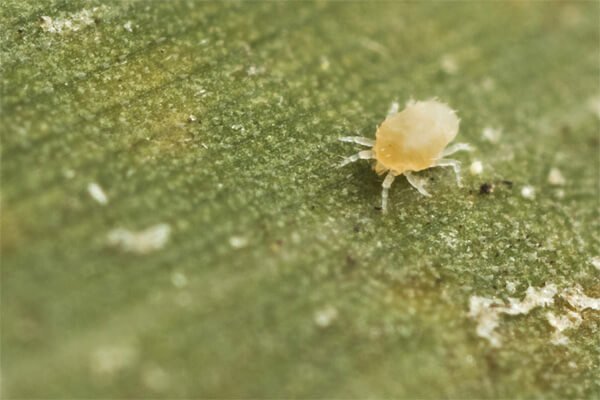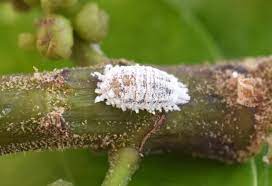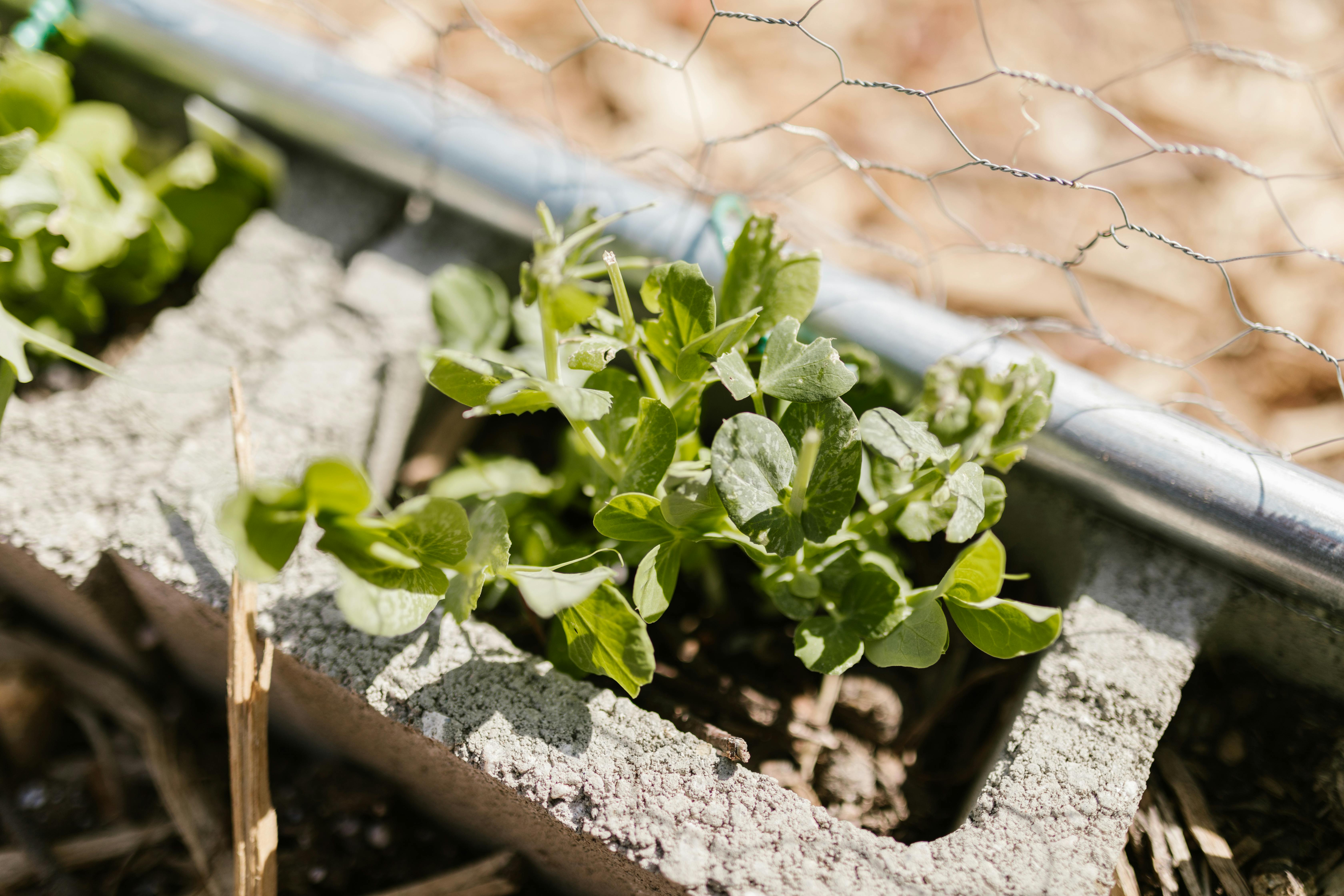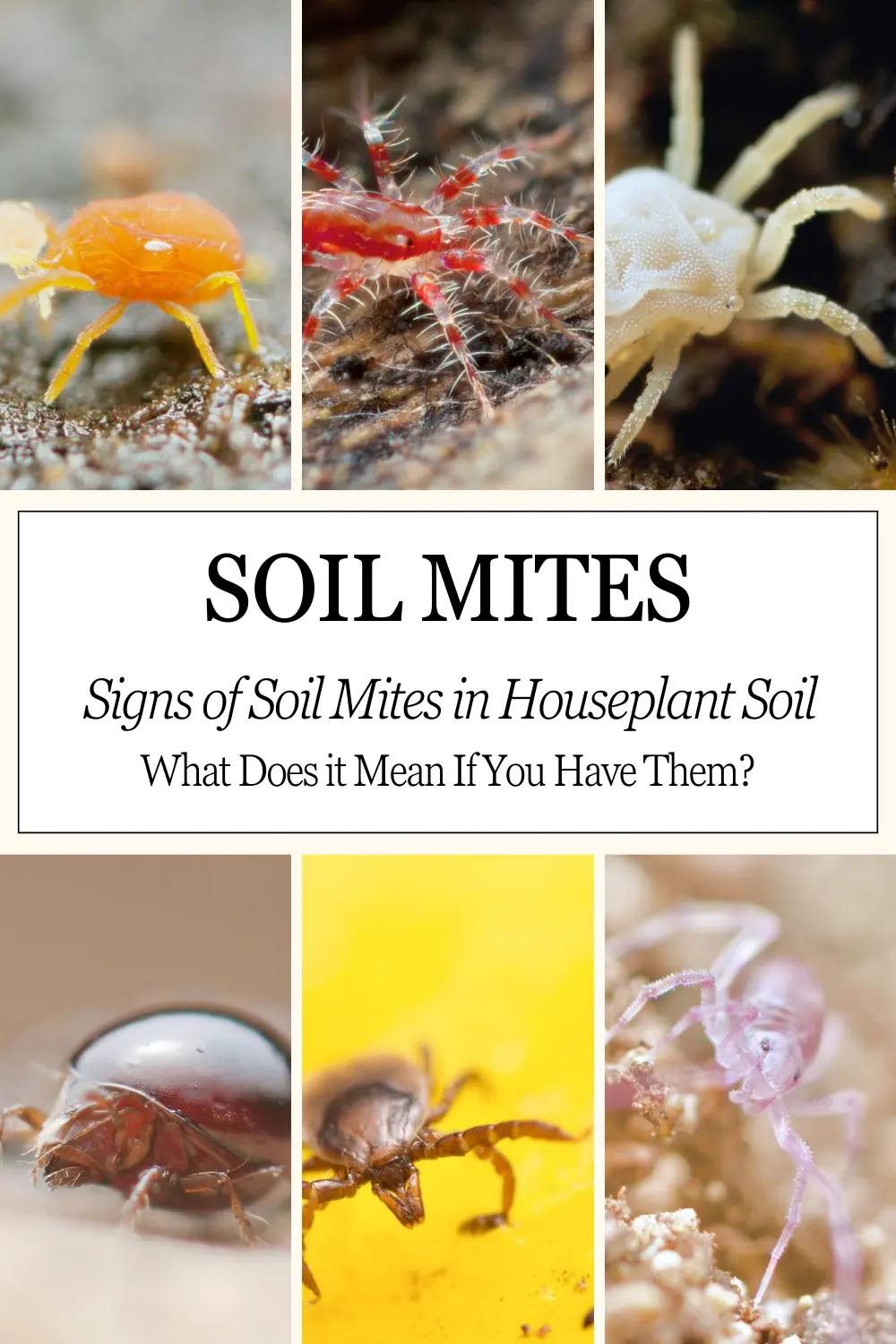What are Soil Mites & What Does it Mean If You Have Them?
Soil mites are tiny arthropods that inhabit the soil, playing a crucial role in the decomposition of organic matter and the overall ecosystem balance. These minuscule creatures, measuring only a mere millimeter in size, are found worldwide in various types of soils, from forests to gardens and even in potted plants. While their small size may go unnoticed to the naked eye, their importance in maintaining soil health and fertility is undeniable.
These tiny creatures have been around for millions of years, evolving alongside other organisms in the soil. Their existence predates human civilization, and they have been silently working to break down dead plants and animals, aiding in the nutrient cycling process. Acting as natural decomposers, soil mites feed on dead organic matter, fungi, bacteria, and protozoa, helping to release essential nutrients back into the soil.
However, despite their beneficial role, the presence of soil mites can cause concern among some individuals. Often, their appearance is associated with unclean or unhealthy conditions, leading to worry and confusion. Nevertheless, it is essential to understand that having soil mites in your soil is not inherently a sign of poor hygiene or detrimental to plants.
In fact, the abundance of soil mites in a healthy ecosystem is indicative of the overall vitality of the soil. Research suggests that the high population density of these mites can signal a well-balanced and nutrient-rich soil, promoting optimal plant growth. Conversely, lower numbers of soil mites may indicate imbalances or disturbances within the soil ecosystem.

For those who may find the presence of soil mites unsettling, there are measures that can be taken to reduce their numbers or prevent their proliferation. Maintaining proper soil moisture levels and avoiding excessive organic material accumulation can help manage soil mite populations. However, it is important to strike a balance as completely eliminating soil mites can disrupt the delicate soil ecology and cause unintended consequences.
Understanding the role of soil mites and their significance in soil health is crucial for gardeners, farmers, and anyone interested in maintaining a thriving ecosystem. These tiny creatures silently contribute to the overall balance of nature, reminding us of the intricate relationships at play in even the tiniest corners of our world.
Soil mites are small creatures that belong to the arachnid family and commonly reside in the soil. They are beneficial organisms that play a vital role in decomposing organic matter and recycling nutrients, making them an integral part of the soil ecosystem. If you have soil mites in your garden or indoor plants, it indicates a healthy soil environment.

What are Soil Mites & What Does it Mean If You Have Them?
If you are an avid gardener or houseplant enthusiast, you may have come across tiny arthropods called soil mites in your potting soil. Soil mites are members of the Acari family and belong to the broader category of mites. These minuscule creatures are found naturally in the soil and play a crucial role in maintaining the soil’s ecosystem. They are typically harmless, but their presence can sometimes indicate underlying problems with your plants or soil.
1. Identification of Soil Mites
Soil mites are usually translucent or white in color, making them difficult to spot with the naked eye. They are generally less than one millimeter in size, so you might need a magnifying glass to observe them properly. These mites have eight legs, just like spiders, and their bodies are divided into two segments: the cephalothorax and the abdomen. Their small size and quick movement make them hard to see without proper magnification.
2. Role of Soil Mites in the Ecosystem
Soil mites play a crucial role in decomposing organic matter in the soil. They feed on dead plant material, fungi, algae, bacteria, and other small soil organisms. By breaking down organic matter, they contribute to the nutrient cycling process, releasing essential minerals and nutrients back into the soil. This decomposition activity helps create a healthier and more fertile soil environment, which is vital for overall plant growth and vitality
3. Signs of Soil Mites in Houseplant Soil
While soil mites are generally beneficial, their presence in large numbers may indicate imbalances in your houseplant’s soil or overwatering issues. Here are a few signs that you might have an abundance of soil mites:
- Visible movement on the surface of the soil, especially when watering your plants
- Small, white or clear creatures crawling on the plant’s leaves or pot edges
- Formation of mold or a musty smell in the soil
4. Dealing with Soil Mites
If you discover soil mites in your houseplant soil, don’t panic. In most cases, their presence is harmless and actually beneficial. However, if you notice an excessive number of mites or signs of plant damage, here are a few steps you can take:
- Reduce watering frequency: Overwatering can create a favorable environment for mites and other pests. Allow the top layer of soil to dry out before watering again.
- Improve drainage: Ensure your pots have proper drainage holes to prevent waterlogging, as excess moisture can attract mites.
- Remove infested soil: If the mite population is too high or you suspect other root issues, consider repotting the plant in fresh, well-draining soil.
- Introduce predators: Certain beneficial arthropods, such as predatory mites or nematodes, can help control soil mite populations naturally.
Remember, maintaining a healthy growing environment and practicing good plant care habits is the key to preventing and managing soil mites effectively.
Fun fact: Did you know that a single teaspoon of soil can contain billions of microbes, including a diverse array of mites?
5. Types of Soil Mites and Their Role in the Ecosystem
5.1. Beneficial Soil Mites
- Oribatid Mites: Also known as beetle mites, these mites help decompose organic material and enrich the soil with nutrients.
- Mesostigmata Mites: These mites act as natural predators, feeding on harmful insects like nematodes and other pest mites.
5.2. Harmful Soil Mites
- Tarsonemid Mites: Some species can damage plant roots and stems, leading to poor plant growth.
- Prostigmata Mites: These mites may feed on plant roots and become problematic in high populations.
6. How to Identify Soil Mites in Your Soil
- Appearance: Soil mites are usually white, brown, or translucent and are difficult to see without magnification.
- Movement: They are fast-moving and often appear in clusters near decaying organic material.
- Signs of Infestation: While beneficial mites help the soil, a sudden increase in their numbers may indicate excessive organic material breakdown or an imbalance in soil health.
7. Are Soil Mites Harmful to Plants?
Most soil mites are beneficial and help improve soil health. However, some species may feed on plant roots and become a problem when their population grows uncontrollably. Understanding the type of soil mites in your garden will help determine whether they are a threat or an asset.
8. How to Control and Manage Soil Mites
8.1. Natural Control Methods
- Proper Soil Aeration: Improve soil structure to reduce excessive mite populations.
- Reduce Organic Debris: Avoid overloading soil with decaying plant matter.
- Neem Oil and Diatomaceous Earth: These natural treatments can help control unwanted mite populations.
- Introduce Beneficial Predators: Certain predatory mites and insects, like ladybugs, help keep pest mite populations in check.
8.2. Chemical Control Methods
- Insecticidal Soaps and Mite Sprays: These can help manage harmful mites but should be used sparingly to avoid harming beneficial mites.
- Soil Sterilization: In severe cases, sterilizing soil can help reset the balance, but this method should be used with caution.
9. How to Prevent Soil Mites
- Balanced Soil Composition: Maintain proper organic matter levels.
- Avoid Overwatering: Moist soil can encourage excessive mite growth.
- Regularly Inspect Plants: Check for signs of mite infestations and address any issues early.

FAQs – What are Soil Mites & What Does it Mean If You Have Them?
What are soil mites?
Soil mites are tiny arthropods that live in the soil. They are part of the decomposer community in the ecosystem and play a vital role in breaking down organic matter.
Are soil mites harmful to plants?
No, most soil mites are beneficial to plants as they aid in nutrient recycling and decomposition of organic matter. However, a few species can cause damage to seedlings or roots, but they are generally not a major concern for healthy plants.
Can soil mites bite humans?
Soil mites do not bite humans. They are incredibly small and their mouthparts are not designed to feed on humans or animals. They are harmless to humans and pose no risk or danger.
What do soil mites eat?
Soil mites primarily feed on decaying plant material, fungi, algae, and bacteria present in the soil. They are detritivores, helping to break down organic matter into smaller particles.
How can I identify soil mites?
Identifying soil mites without proper equipment can be difficult due to their small size. However, their presence can often be observed by their movement and coloration. Using a microscope or magnifying glass can help in their identification.
Can soil mites be beneficial in a garden?
Yes, soil mites are generally beneficial in a garden as they contribute to soil fertility and plant health by aiding in the decomposition process. They help to release nutrients back into the soil, improving its overall quality.
How can I control soil mites if they become a problem?
In most cases, no action is required to control soil mites as they are harmless. However, if you notice a large population of harmful mites causing damage to your plants, you can try reducing moisture levels, improving drainage, or using organic neem oil or predatory mites as natural control methods.
Are soil mites indicators of soil health?
Yes, soil mites are often considered indicators of healthy soil. Their presence indicates an active and thriving soil ecosystem, as they play an important role in nutrient cycling and decomposition.
What attracts soil mites to a garden?
Soil mites are attracted to gardens that provide a suitable habitat with organic matter, moisture, and a favorable temperature range. They are naturally present in most soils and will establish themselves in any environment with suitable conditions.
Can soil mites cause plant diseases?
No, soil mites do not cause plant diseases. In fact, many species of soil mites help to suppress plant diseases by feeding on pathogenic fungi or other pests that may harm plants. They are generally beneficial to plant health.
